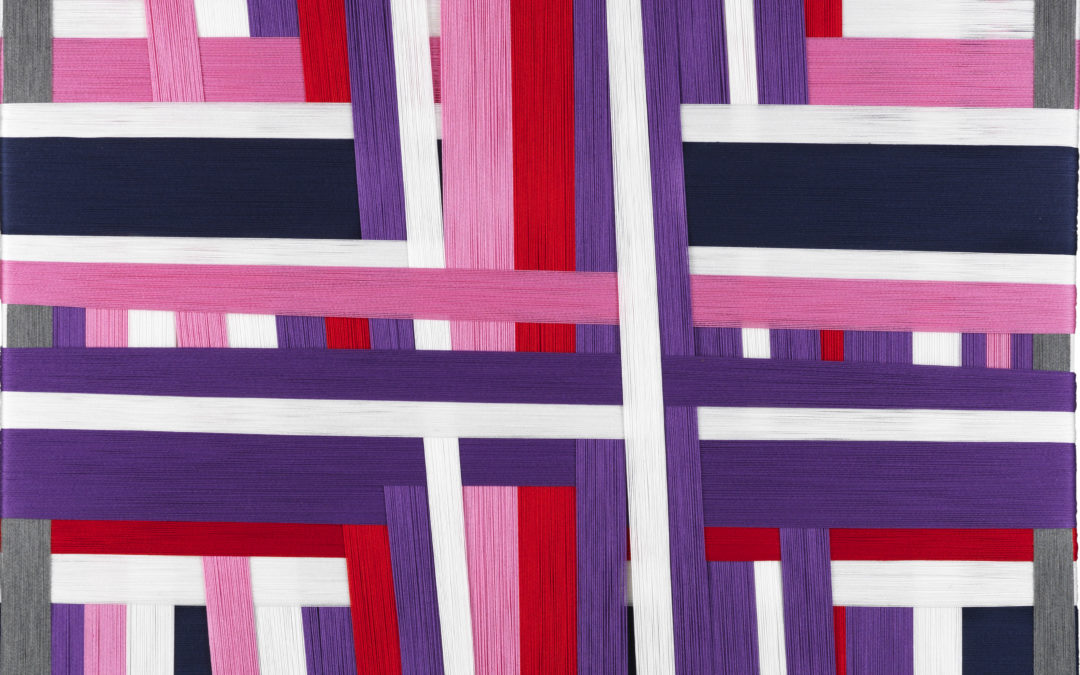Interview to the artist Carla Mura
We had the pleasure of knowing personally Carla Mura, artist who has made the use of colored threads for the realization of his works his distinctive feature. We chat with her about her artistic experiences and her vision of the current art system.
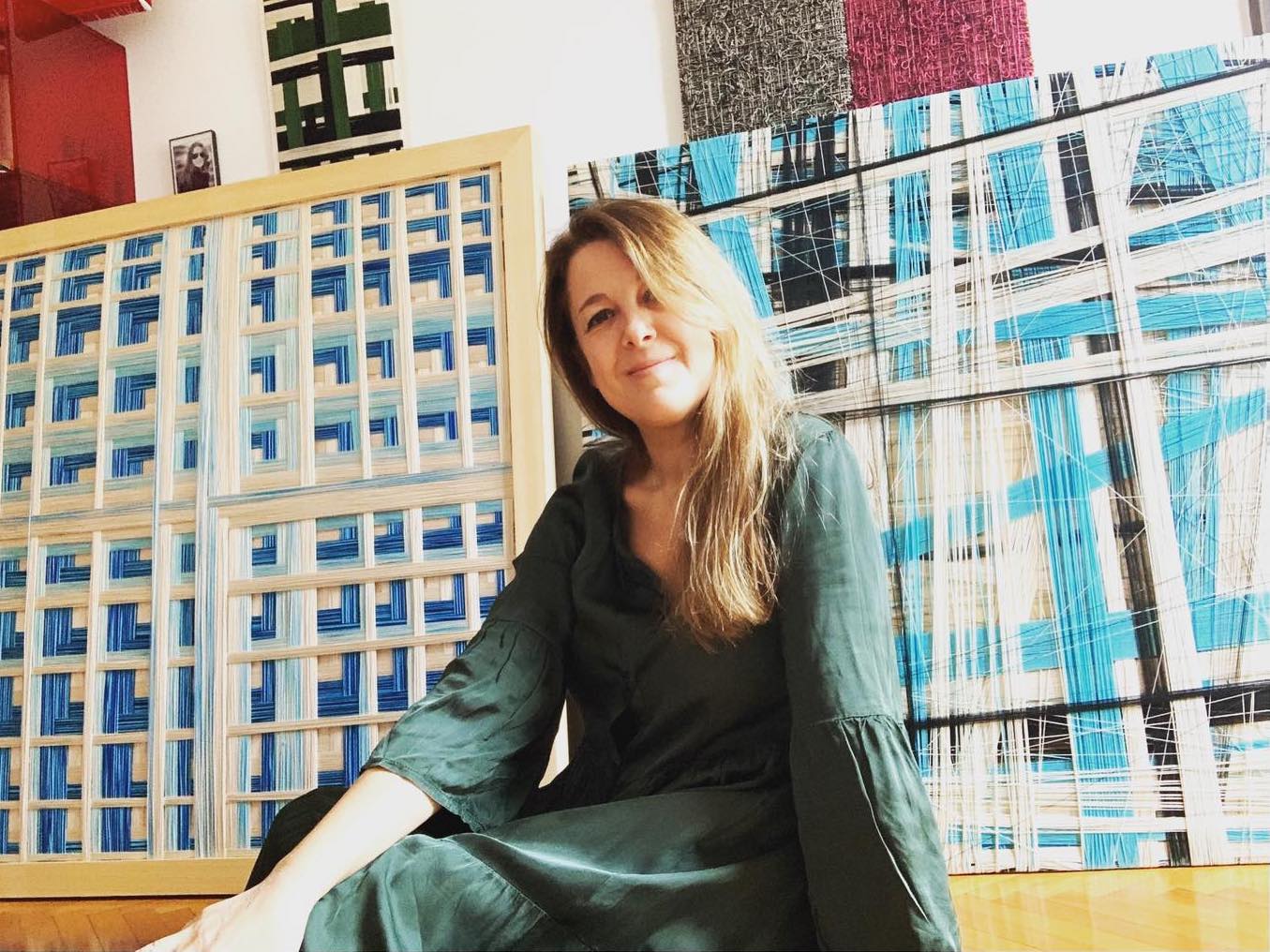
Carla Mura – Courtesy the artist
SpeakART: Where and why have you started creating art?Carla Mura: In my life I have always had an interest for art. When I was young, during the trips with my parents, I went to countless museums, national and foreign, and I developed a curiosity that, as a girl, got me started painting to give voice to a liberating and personal act.
So at 26, after years of music studies, I began painting my two first artworks, which belong to the same initial “shell”.
From that moment on, I could no longer do without this physical and mental expression, this state of externalization and introspection that is inherent in making art and therefore the creative / human act.
Over time there have been many changes in my life: I changed different cities, references and situations, but art is the only thing that has always stayed and that I cultivate and develop through my entire life.
SpeakART: Art and woman, how do you conciliate being a mother with the life of an artist.
Carla Mura: The artist is an individual with a strong sensibility, who cannot and must not absolutely have expressive limits, the expression manifests on several fronts, also sentimental ones. Since I was a child, I have always wanted a child, because my love for children has always been strong and concrete. As an adult, I managed to become mother, at the age of 43, with many difficulties because of a disease I have lived with since adolescence. This fact has deeply marked my life and I believe that experiences as mine could be a motion of hope for all women who find difficulties in becoming mothers.
In this historical moment, the figure of a mother-artist and how these roles can be reconciled is much discussed.
I believe that all jobs can reconcile with being a mother. Despite the common beliefs about time availability and commitment that the life of an artist requires responding to common stereotypes, there is no reason today to perpetrate this erroneous belief.
The commonly proposed image of a female artist is in fact distorted. The binomial artist-mother is a binomial that can survive very well, indeed it can be inspiring. The love and sensitivity conferred by motherhood can be translated into art with great strenght.
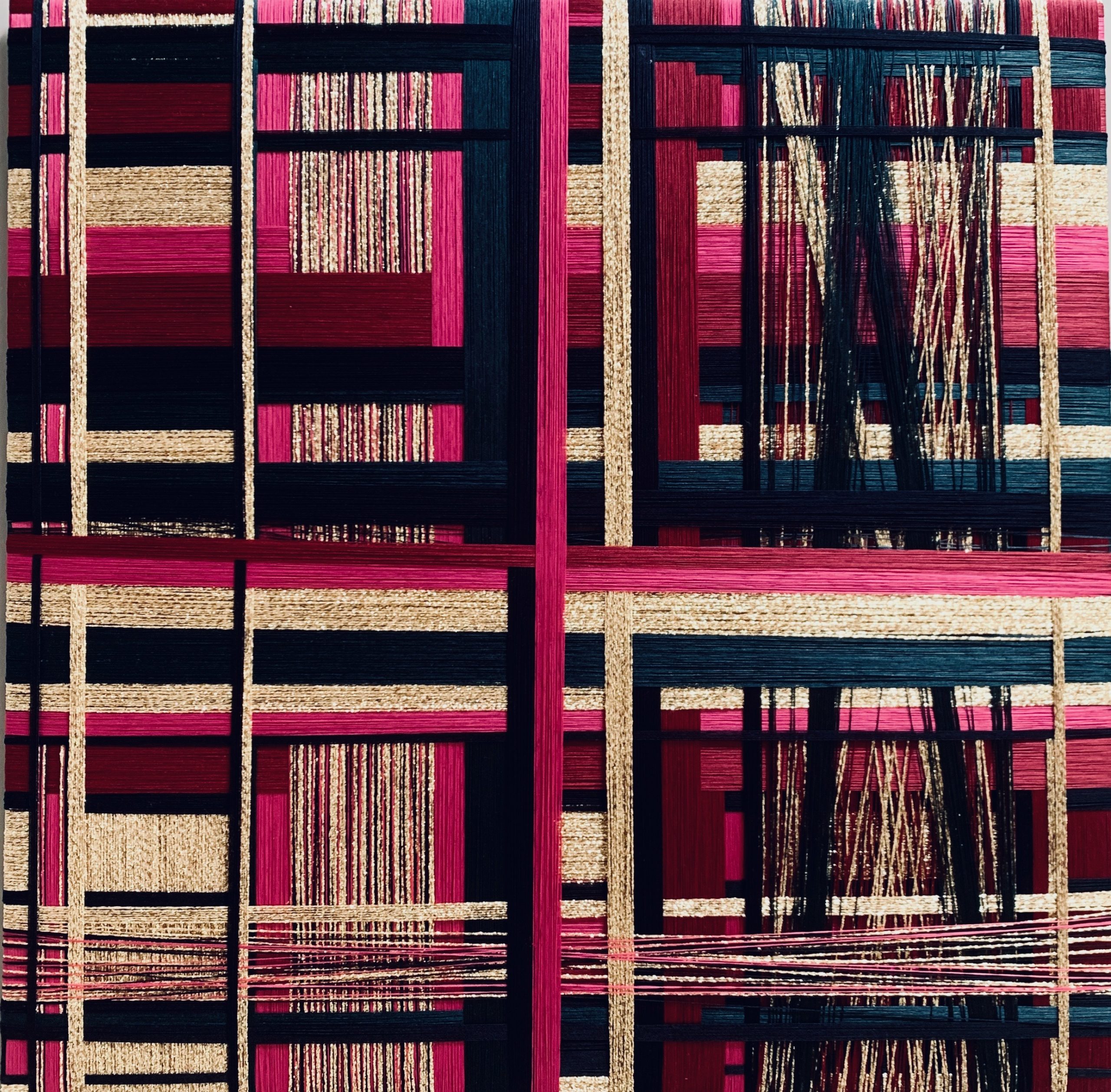
Carla Mura, La curia, 2020 – Courtesy the artist
SpeakART: What do you think that the art system should do to help the artist to emerge?
Carla Mura: I believe that, in Italy, the art system represented by gallerists and curators is divided in two opposite categories with a few shades in the middle. There are professionals who managed to treat artists in an efficient way, in all their development, instead others do not have this ability and dedication, playing a marginal and not sufficient role to promote and follow the artist in his path, giving him the necessary visibility in Italy and abroad.
I am very confident that the insiders as politicians, gallerists, disseminators, curators, etc have had the opportunity to study, in this pandemic period that radically changed things for each of us, how to move better, to raise the level of the promotion of art and artists in Italy.
We cannot ignore the fact that education, cultural sponsorship and diversity can be the keystones for a civil and satisfying sharing of intentions.
SpeakART: Carla, your way of working is definitely unusual: how do you realize your artworks in practice?
Carla Mura: Since 2004, the choice of my actual material is the cotton thread or the elastic thread.
It results as a ductile, strong, refined material with colors appropriate to my vision of reflection, tension and expression.
I made purchases in many Italian locations, even if a lot of material arrived from Egypt, given their highly prized culture on cotton yarn and their ability to best express particularly bright dyes, such as red, a color very difficult to treat but which always gives me great satisfaction.
Even if they can have various weights, the spools I prefer are the huge ones, about 2 kg, that I currently buy in Brianza.
The next step is choosing the supporting material which can be a wooden board, plexiglass or cotton canvas.
I start working with different techniques, chosen after a usually sudden impulse of inspiration, that lasts for the rest of the realization of the painting and which can sometimes undergo changes.
To date, the techniques that I use are different: stratification, twisting of one or more threads, linearity, causality, balancing, geometry, knotting and more, all performed manually and without support of the loom, nor of collaborators.
My artworks are unique pieces, even if some series exist, such as the “Meteorological Models” developed in more pieces, always obviously different in the colors but with the same substance, the same concept, the same communication.
Another example is the “Metropolis” series, which takes inspiration from moving cities, mirrors of fast and extremely dynamics times.
I continue with the finishing: frame, plexiglass or glass. In some cases the artworks are left free, without any additional support.
At the end I go on with the drawing of the didactic part, signature, authentication and promotion.
In the latter a world opens up, from contacts for exhibitions, to the media, curatorship, photos, catalogs, social media, etc.
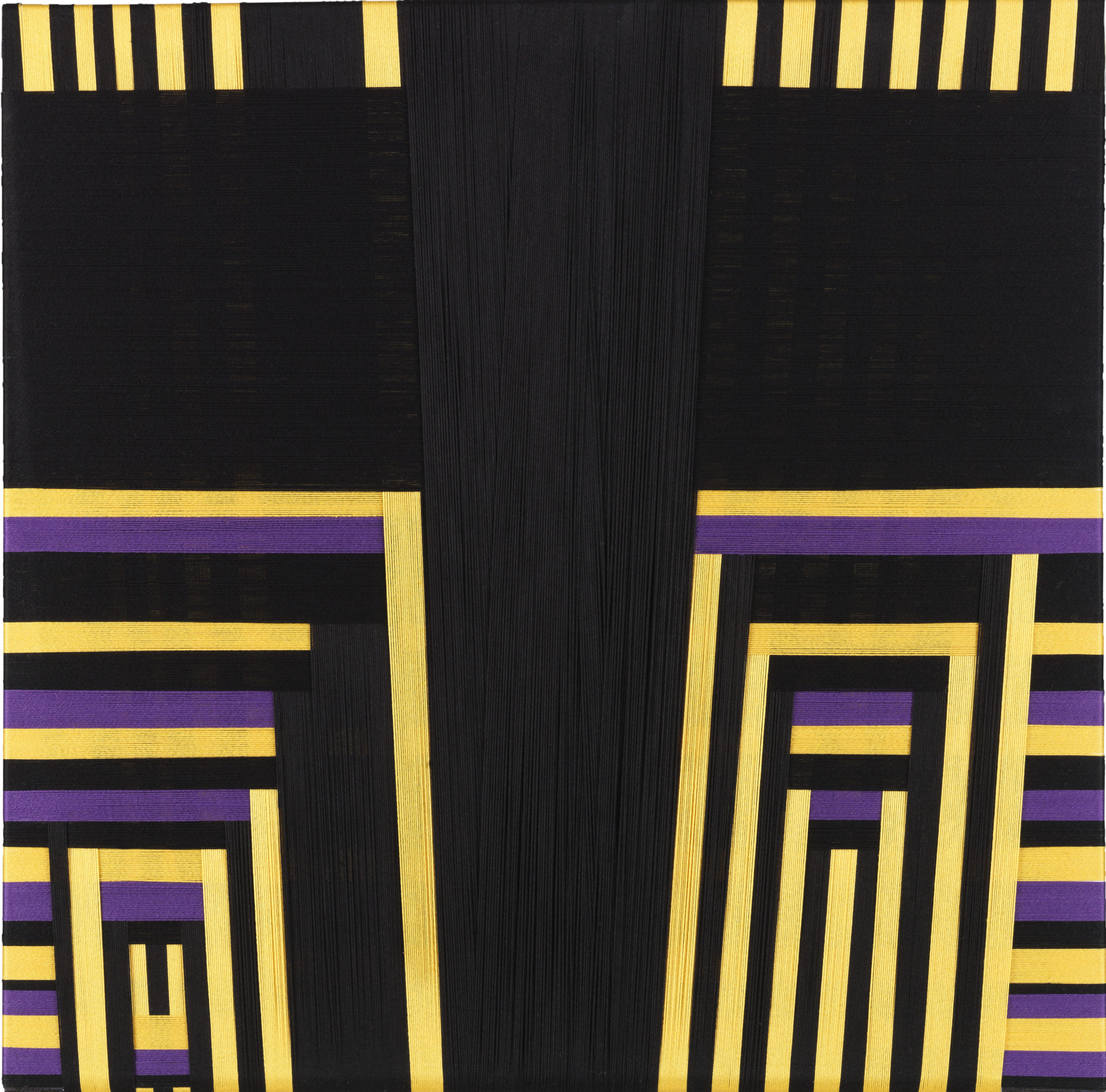
Carla Mura, Building, 2016 – Courtesy the artist
SpeakART: We have perceived you critic about local support: what should every singol rgion do to enhance their artists?
Carla Mura: The public administrations and the many public referents, or at least those that should be such, still do too little to enhance their artists, above all the ones who live in the same region. If there was more involvement, much of the development and promotion work would be done with their support, both individually and collectively.
This virtuous attitude would increase the sales, the availability of art which would be within everyone’s reach, also of the new generations, and would produce positive effects such as stimulating integration, curiosity and decreasing the detachment towards art and artists.
Even today they are sometimes seen as aliens, or slightly crazy characters.
Everything should be more fluid, more spontaneous, dialogue should be the basis for drawing up new communication projects, for the dissemination of art.
A lot can be done, but I believe that in order to safeguard the production of Italian artists belonging to the 1970/80 generation, we must move quickly. Unfortunately, if these artists, of which I am a part, are not valued in the right time, there is a risk of weakening a great artistic resource that reflects current events.
SpeakART: Tell us what are your future projects in the artistic field.
Carla Mura:
I am currently working on a new very elaborate project, I am in a phase of study and deepening of many topics that concern the globe, I cannot anticipate much. I work assiduously with a daily planned criterion, because there are so many steps to carry out to get the result I want.
With the post pandemic reopening I imagine everything will be easier, even the general sentiment should improve. Of course, in the near future we will have to get used to so much sociability, despite my personal choice of having a real home studio that allows me to devote most of my time to my art and to concentrate at most.
However, I believe that this pandemic has changed everything and therefore also the art …. We will see!
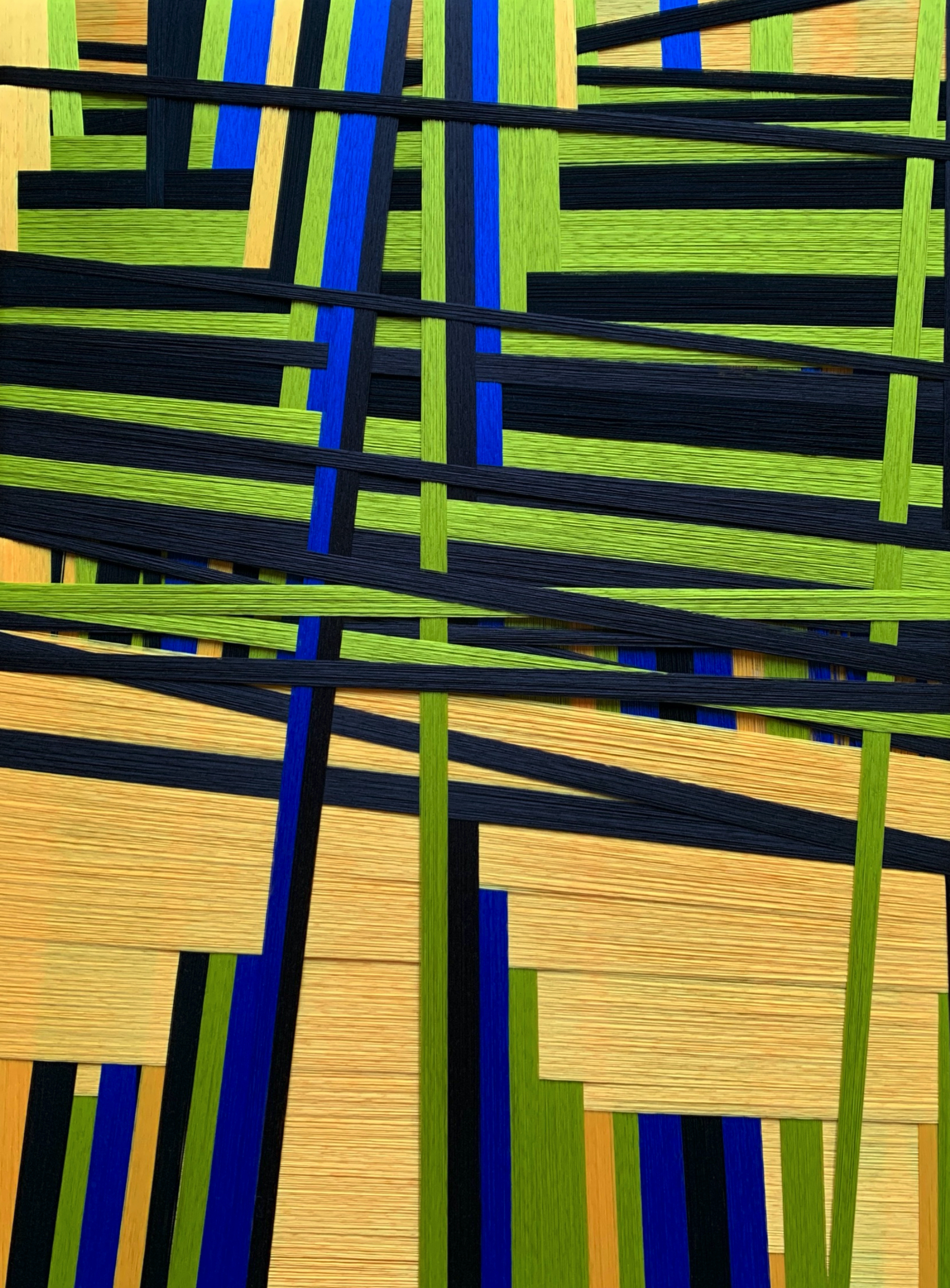
Carla Mura, Running, 2020 – Courtesy the artist
